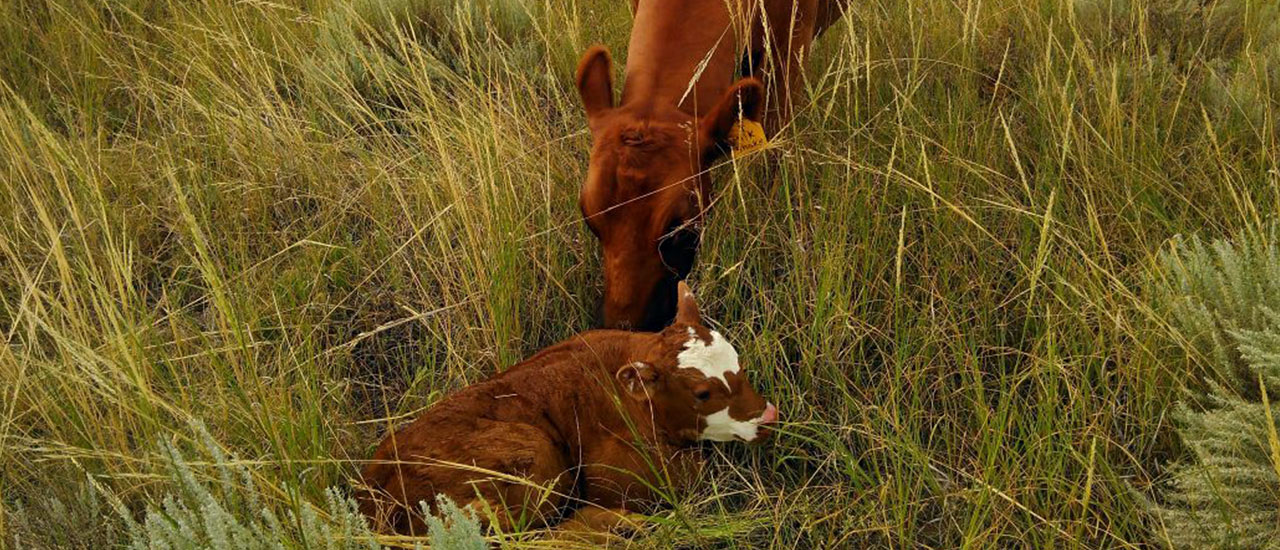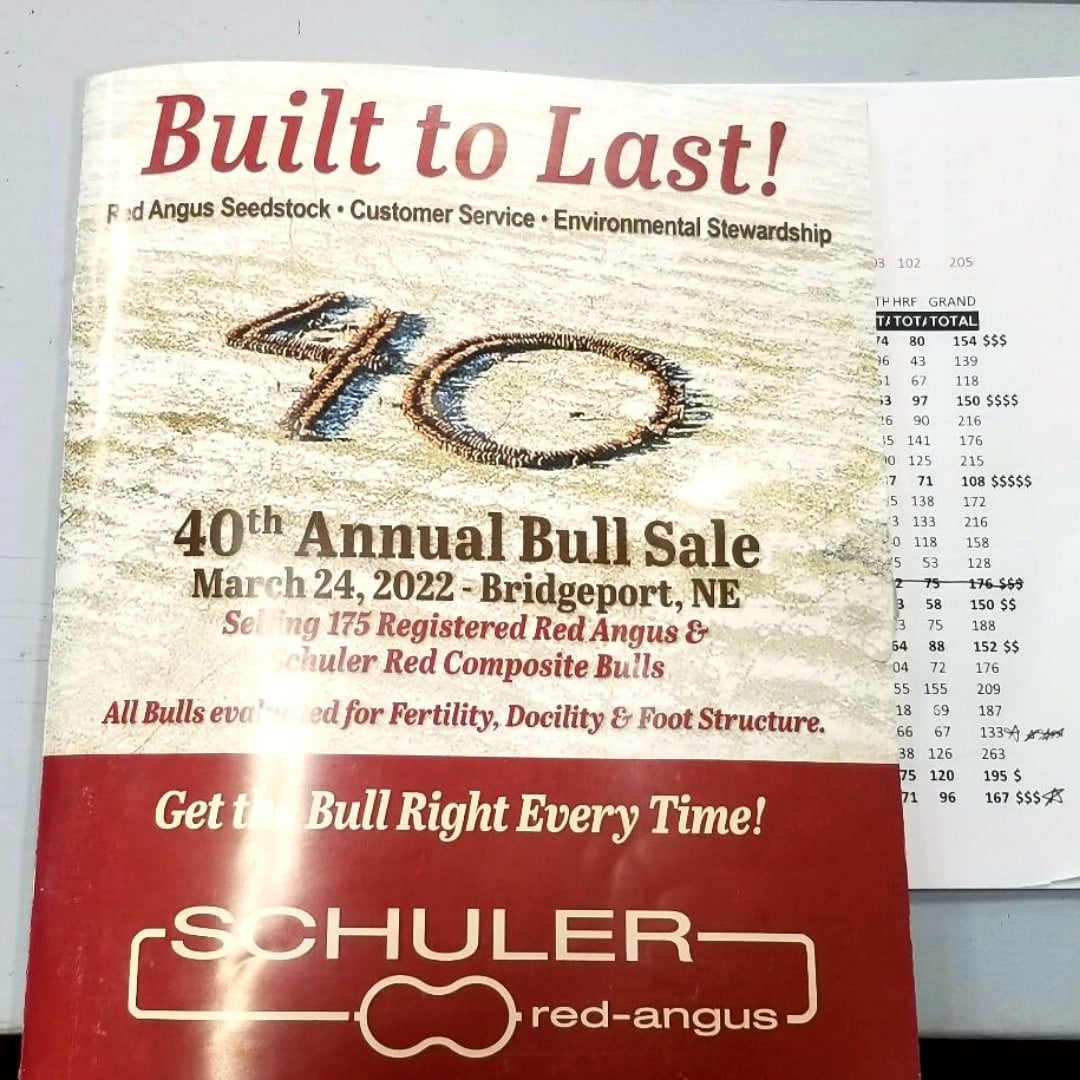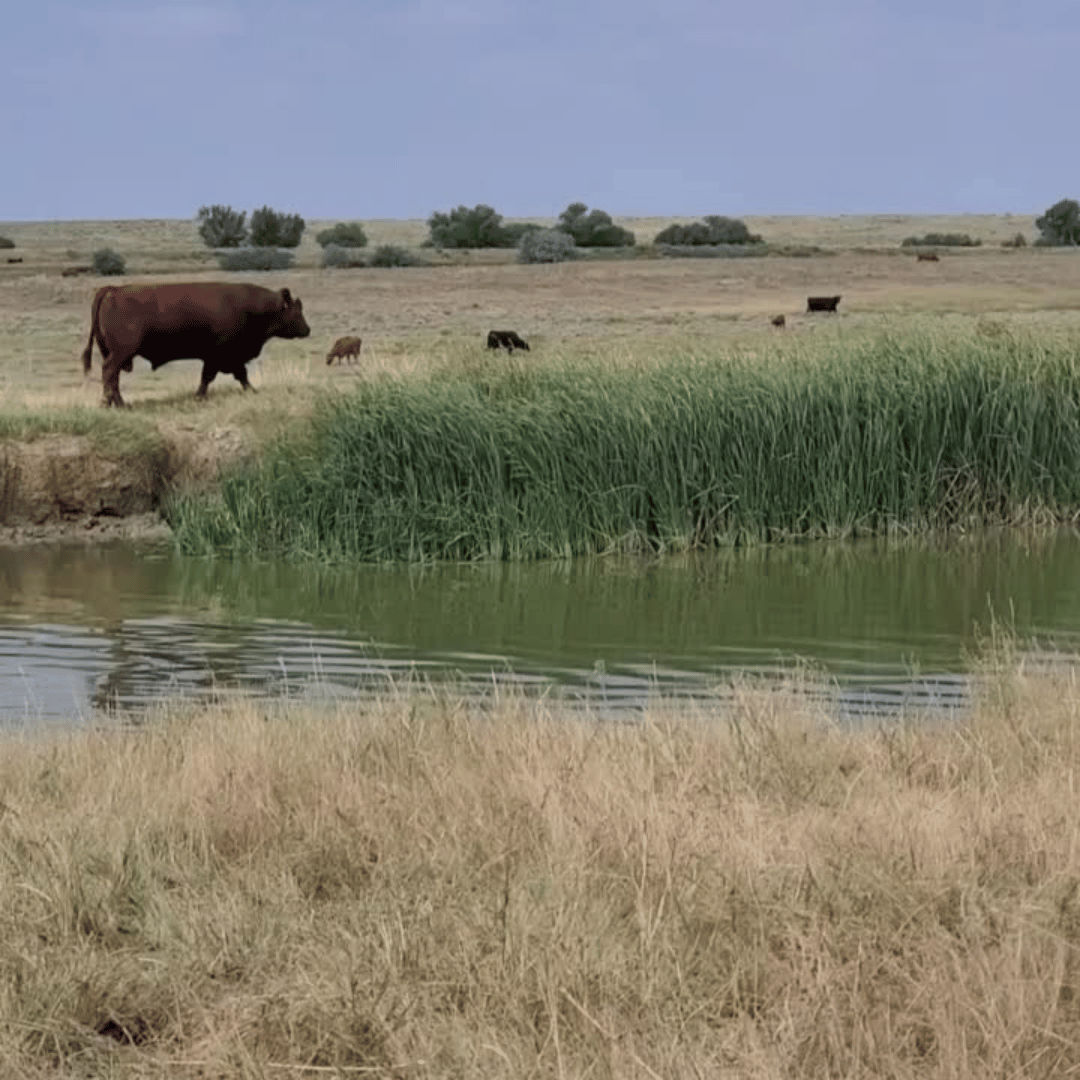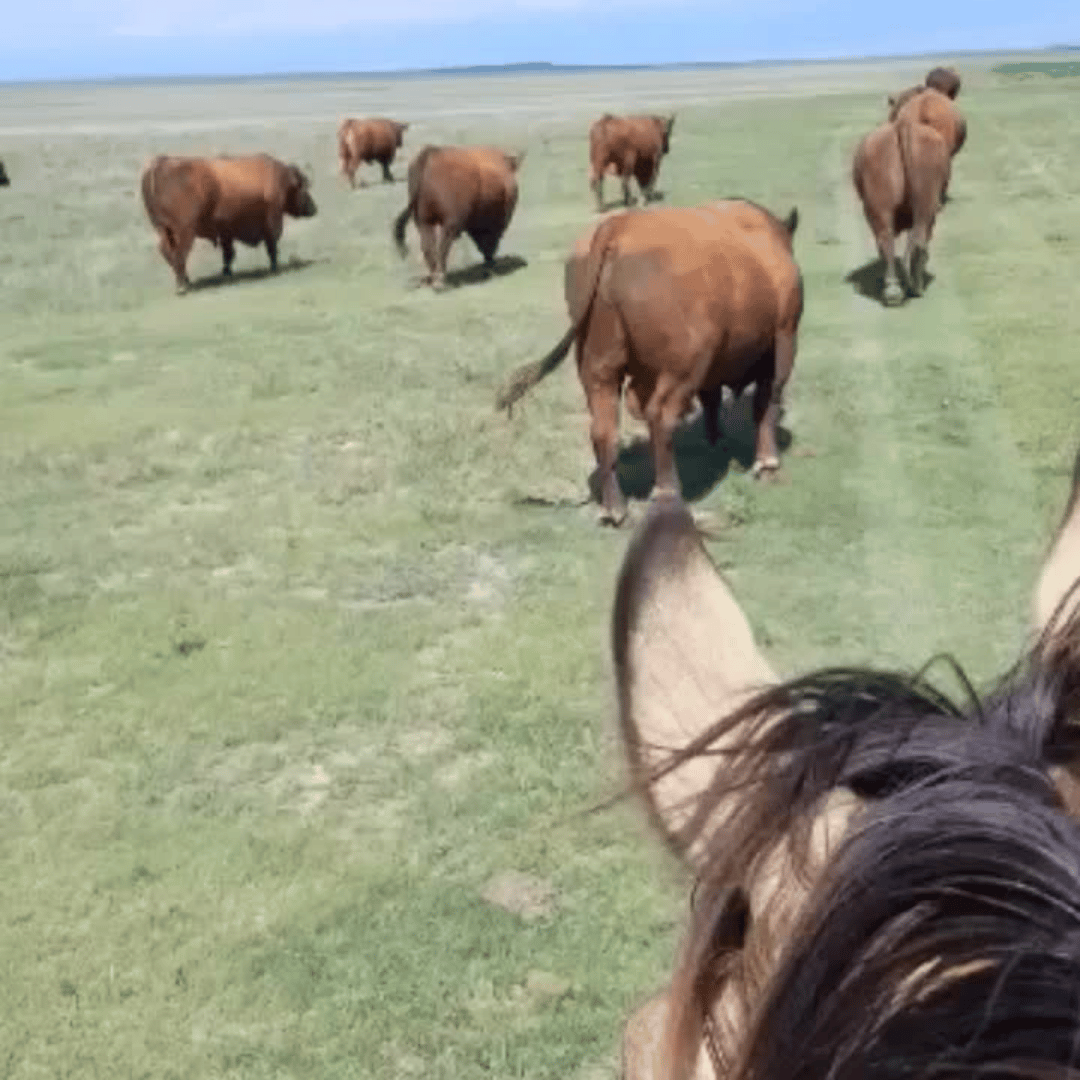shipping right from the ranch every monday & tuesday
due to thanksgiving, we are only shipping monday, november 20. orders must be placed by midnight sunday, november 19 to ship the week of thanksgiving.
due to thanksgiving, we are only shipping monday, november 20. orders must be placed by midnight sunday, november 19 to ship the week of thanksgiving.

Springtime on the ranch means that we spend a fair amount of time on social media talking about calving and showing pictures of adorable baby calves. We are about 40% finished with our calving season this spring, so we thought this might be a good time to do an informative deep dive into the process of calving and what it looks like for our ranch. We have been very lucky so far this year to have had great weather and no sickness to contend with, which always makes the process easier. There are 290 cows due to have babies this spring, so we’re keeping our fingers crossed our good luck continues.
Running a cow/calf operation on a ranch is a multi-faceted endeavor, beginning with breed and bull selection, planning of spring vs. fall calving season and preparing for weather and birth intervention. To really understand the full process, you have to go back to the beginning, to the selection of our bull herd. Eric has learned through research and trial and error the importance of bull selection, and likes Red Angus bulls for being in the middle for size of calves produced. The primary goal is to select a bull that produces a calf that allows the cow to birth unassisted, especially important for those first time cow moms. Red Angus cows are also fairly well known for being good moms.




The next consideration is choosing a spring or fall calving season. We do both on the ranch, although our spring herd is considerably larger. The primary reason we started separating our cows into two herds was to spread out our marketing/sales and to have cattle readily available for sale during more months of the year. Additionally, running two herds allows us to own and use half as many bulls to breed the cows. Doing that allows us to spend more money on the premium bulls due to their increased use. Typically, a mature bull will breed 25 to 40 cows each breeding season. By running two herds, we double the genetic influence of those bulls.
A calving season is typically about 60 days long, with the spring season beginning around March 20 and continuing through mid-May. In the early season, snowstorms and blizzard conditions can be an obstacle, and it seems that an impending storm is a sure sign that the mamas will go into labor. To produce spring calves, our bulls are put in with the cows in early June of the previous year, as a bovine gestation period is roughly 9 months.
Once labor begins, it takes about 4 hours for a first-time mom (a heifer) to birth a calf. The experienced moms (cows) can get the task completed in about an hour and a half. We keep the herd pretty close to home when we think calving season is beginning, making it easier for us to keep an eye out for difficult labor and watching to be sure the new mom takes care of the baby immediately afterward. Signs that a cow is in labor include isolation from the herd (going off by themselves), moving their tail up and down, and general agitation. Once birth is closer, you’ll often see the amniotic sac begin to protrude and the cow sometimes lays down. At this point, we let her do it on her own if she’s able, only intervening if she’s been actively pushing for 30 minutes with no progress, or if we can see that the calf is in a breech position. This year, we have 20 heifers, 10 of which have already calved. We’ve only had to assist in two of those ten births. Most calves weigh in at somewhere around 80-100 lbs at birth, and are up and walking around within the hour. We mostly leave them alone with mama, unless there are health complications for either.
While calving season has begun and is one of our top priorities, we are beginning all of the other spring tasks such as irrigation, field work for spring crops, fence repair and cleaning pens. All of this is in addition to the daily care of the animals in the feedlot. Ranching life is never dull!
© 2024 All rights reserved | website design & development by inkriot marketing